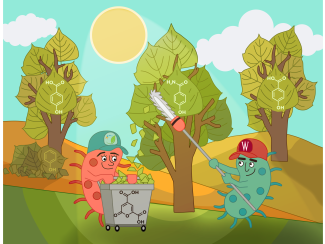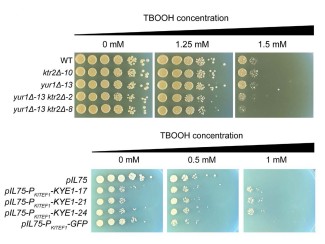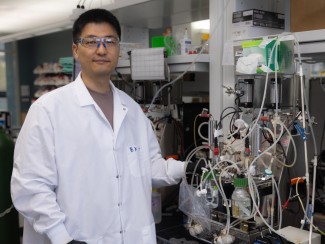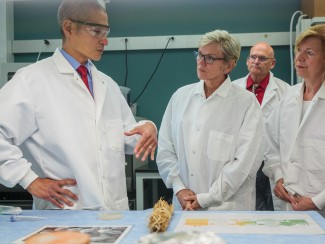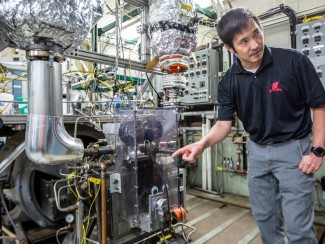Insights into a microbial metabolic network set the stage for designing microbiomes to synthesize desired bioproducts.
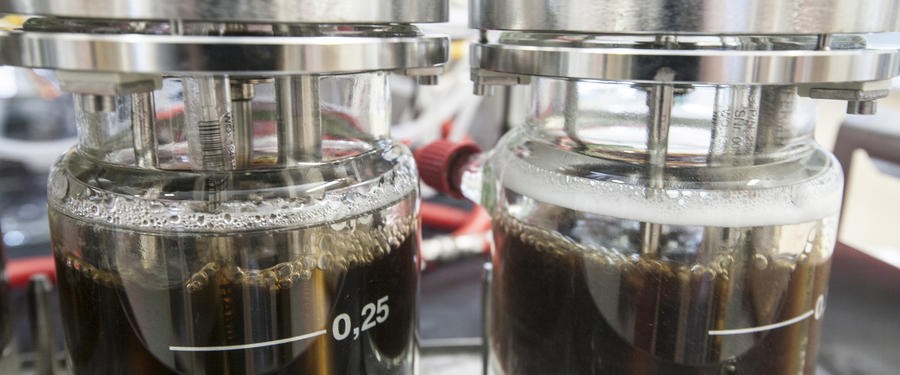
The organic matter left over after biofuel production is a rich potential feedstock for making additional high-value bioproducts.
Researchers at the Great Lakes Bioenergy Research Center, led by Matt Scarborough, previously described a small-scale bioreactor that used a mixed microbial community to produce valuable molecules from the conversion residue remaining after lignocellulosic ethanol production.
Now, the team has analyzed the composition and metabolic characteristics of that microbiome. The work is an important step toward understanding how to engineer and control microbial communities to optimize production of medium-chain fatty acids (MCFAs), which can be used to make a variety of industrial chemicals and pharmaceuticals.
Developing methods to convert a larger percentage of the carbon contained in biofuel crops into useful products is crucial to improve the economics of biorefining and reduce dependence on fossil fuels. The ability to engineer microbial communities with defined metabolic networks would allow greater control over the synthesis of specific bioproducts, such as MCFAs, for maximum carbon conversion and improved efficiency.
In the new study, the researchers identified the 10 most abundant bacterial strains in the bioreactor microbiome, which together accounted for 90 percent of the genomic material.
Based on gene expression patterns and metabolic capabilities of these 10 main strains, they predicted distinct metabolic roles within the multi-step conversion process. Lactobacillus and Coriobacteriaceae strains likely break down complex carbohydrates and fermented sugars present in the conversion residue to produce lactate as a primary intermediate. Lachnospiraceae and Eubacteriaceae strains can then convert the lactate to MCFA through a process of reverse beta-oxidation.
A thermodynamic analysis of the different possible chemical reactions suggests that driving MCFA synthesis through an enzymatic step using a thioesterase rather than a CoA transferase may favor the production of the preferred eight-carbon MCFA compounds over the less valuable four- or six-carbon chains.
The findings provide insights into how the metabolic activity of different members of a microbiome can drive preferential production of certain bioproducts over others.

